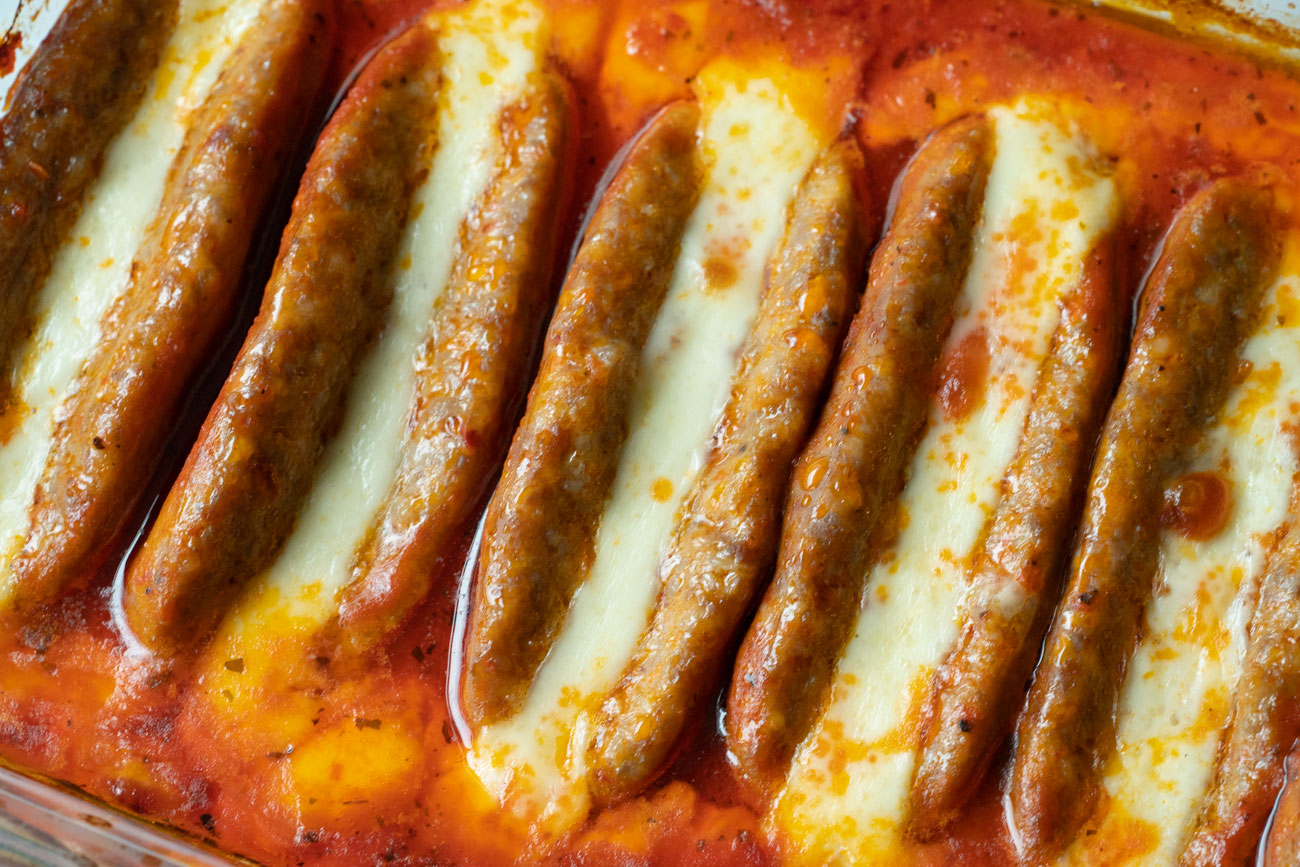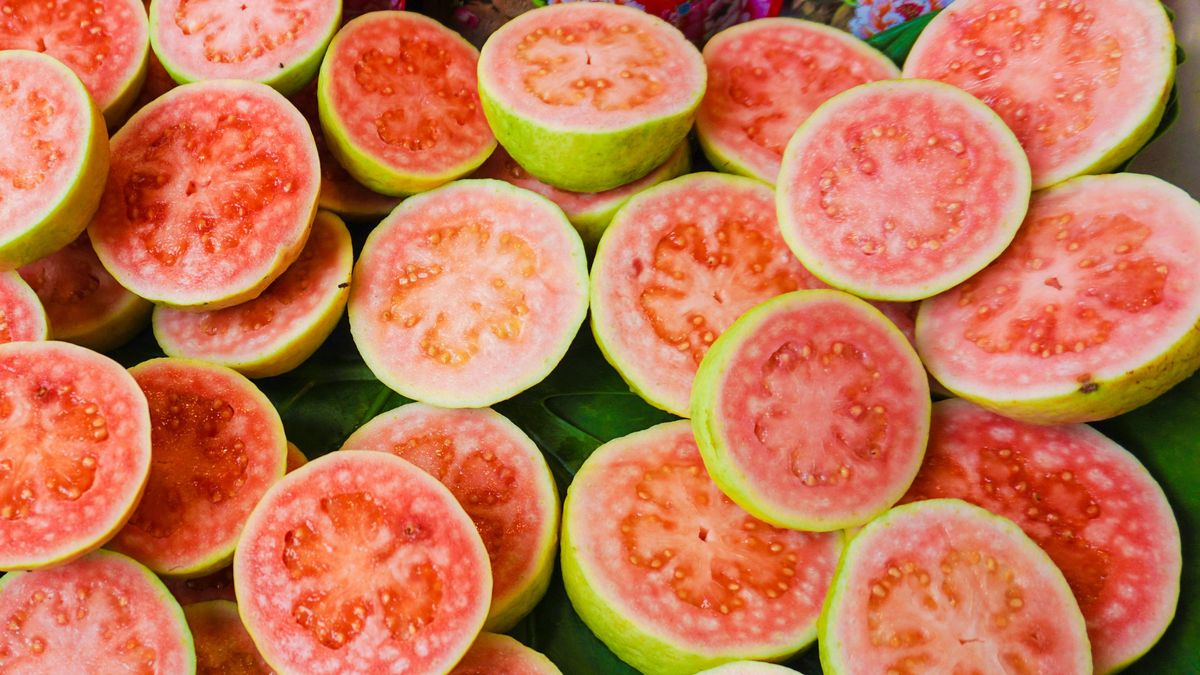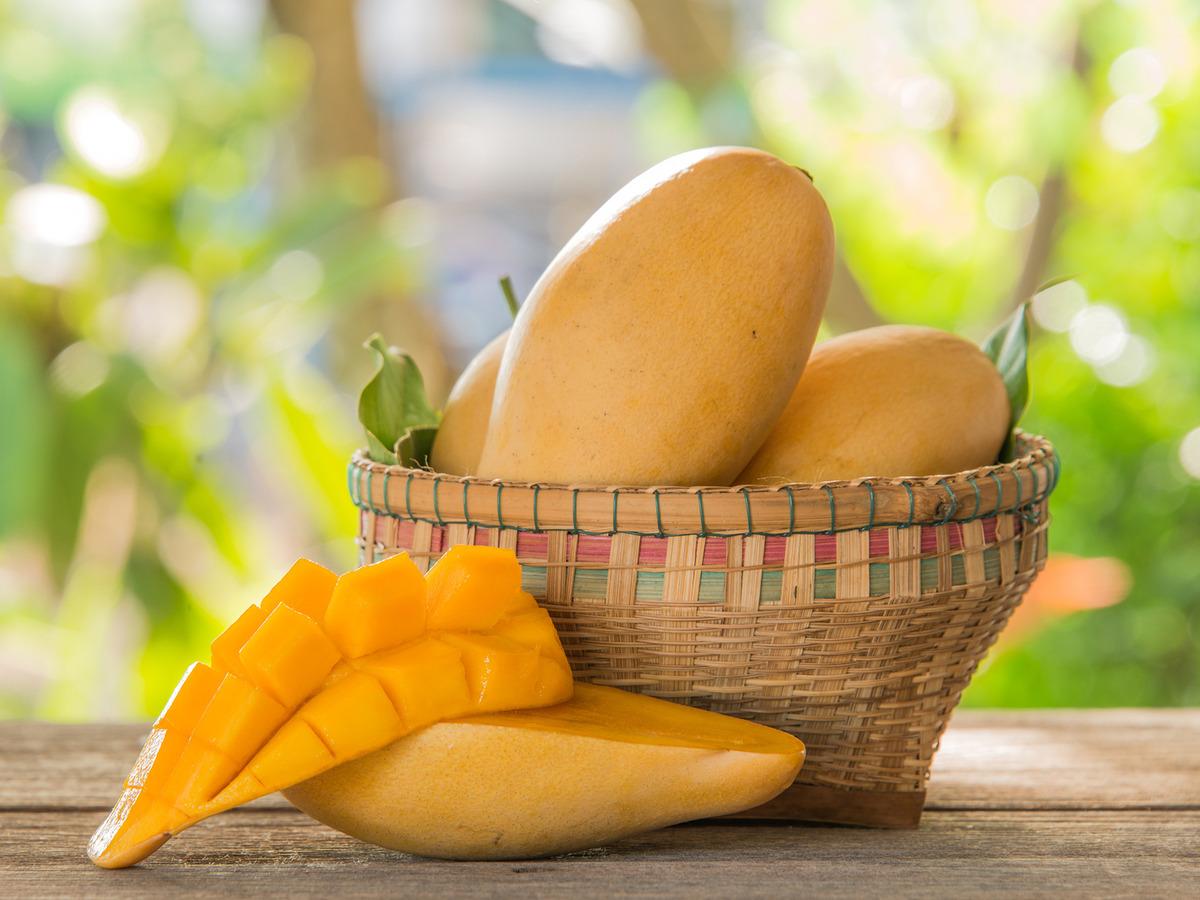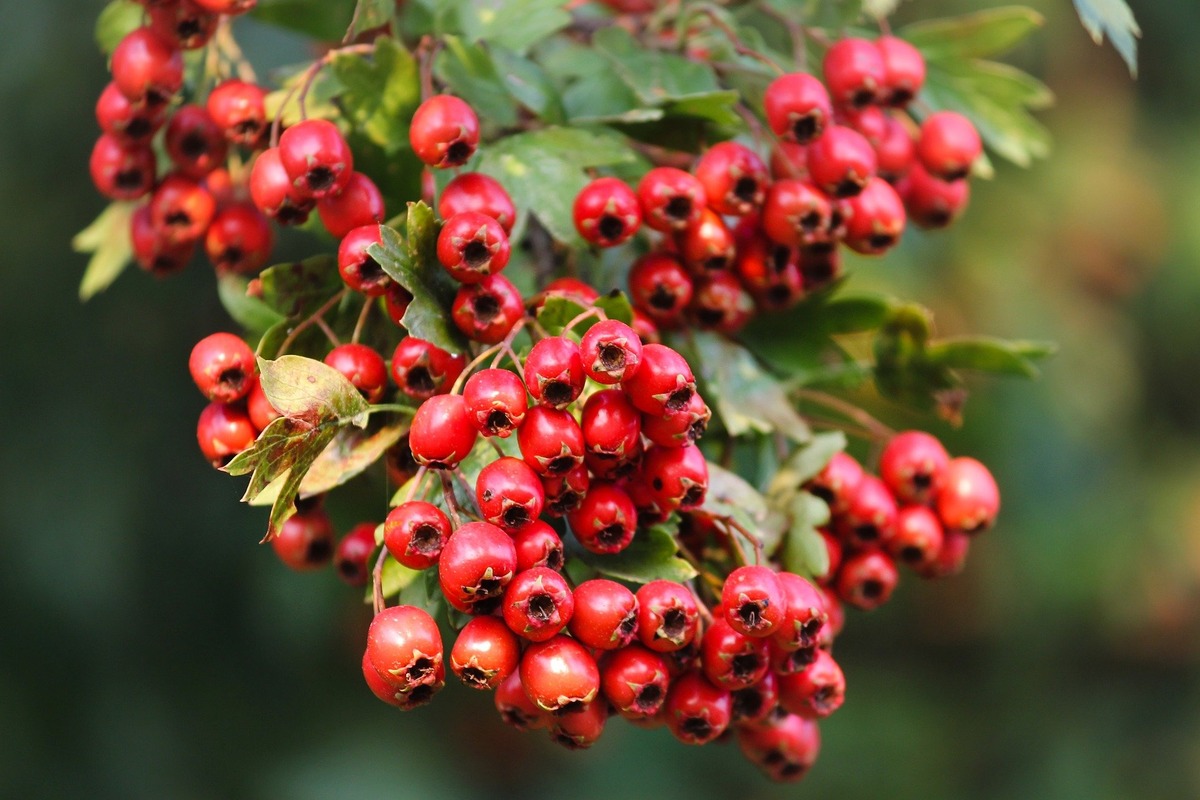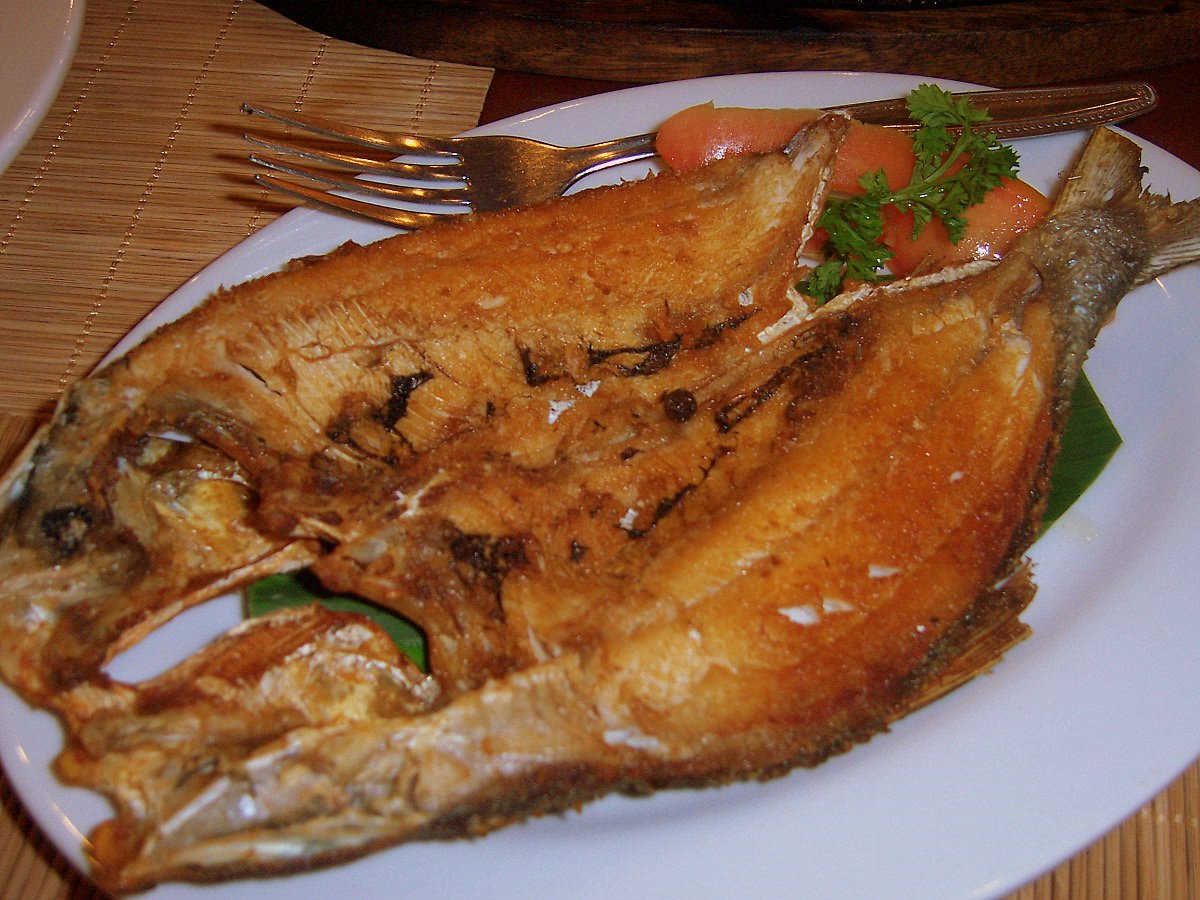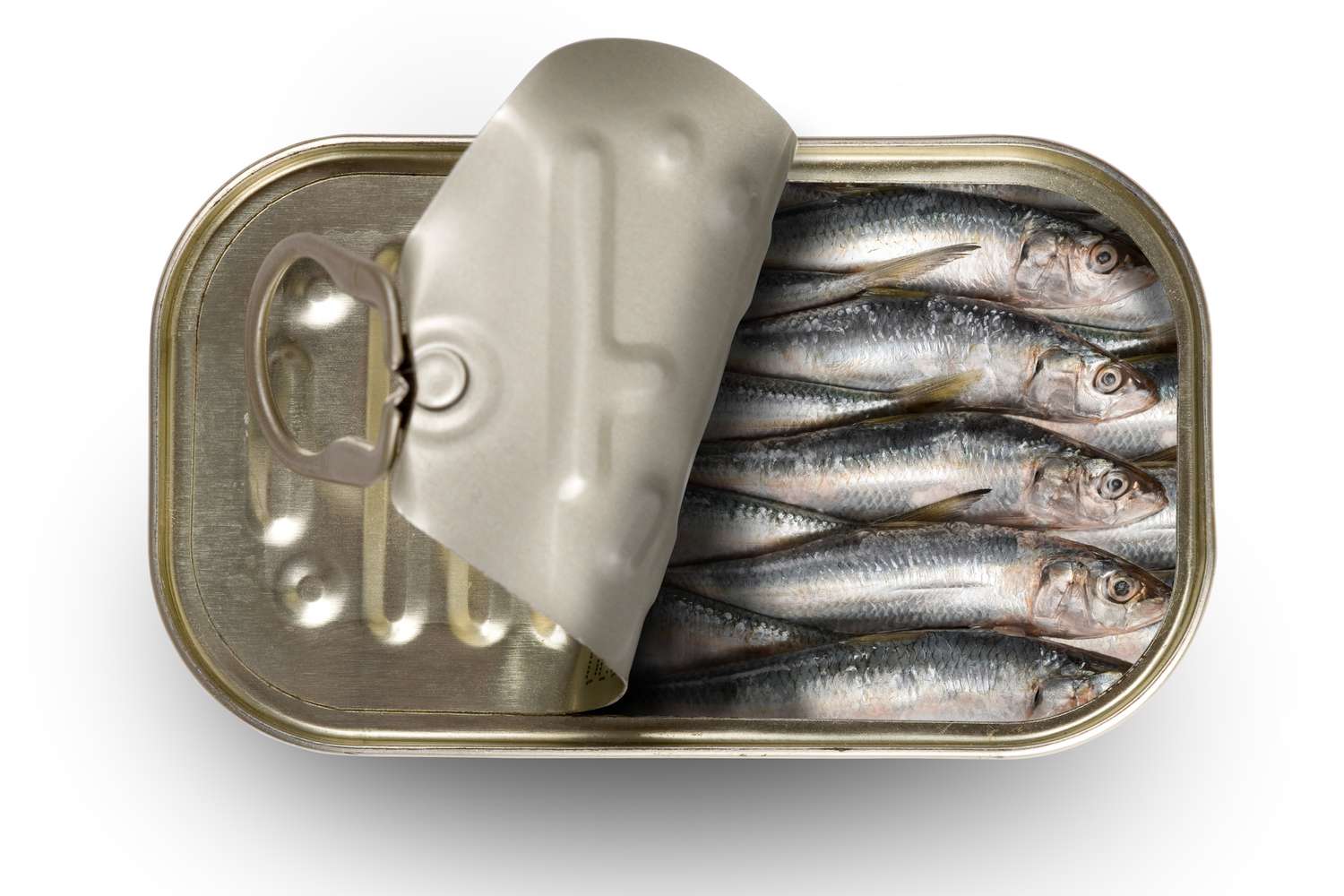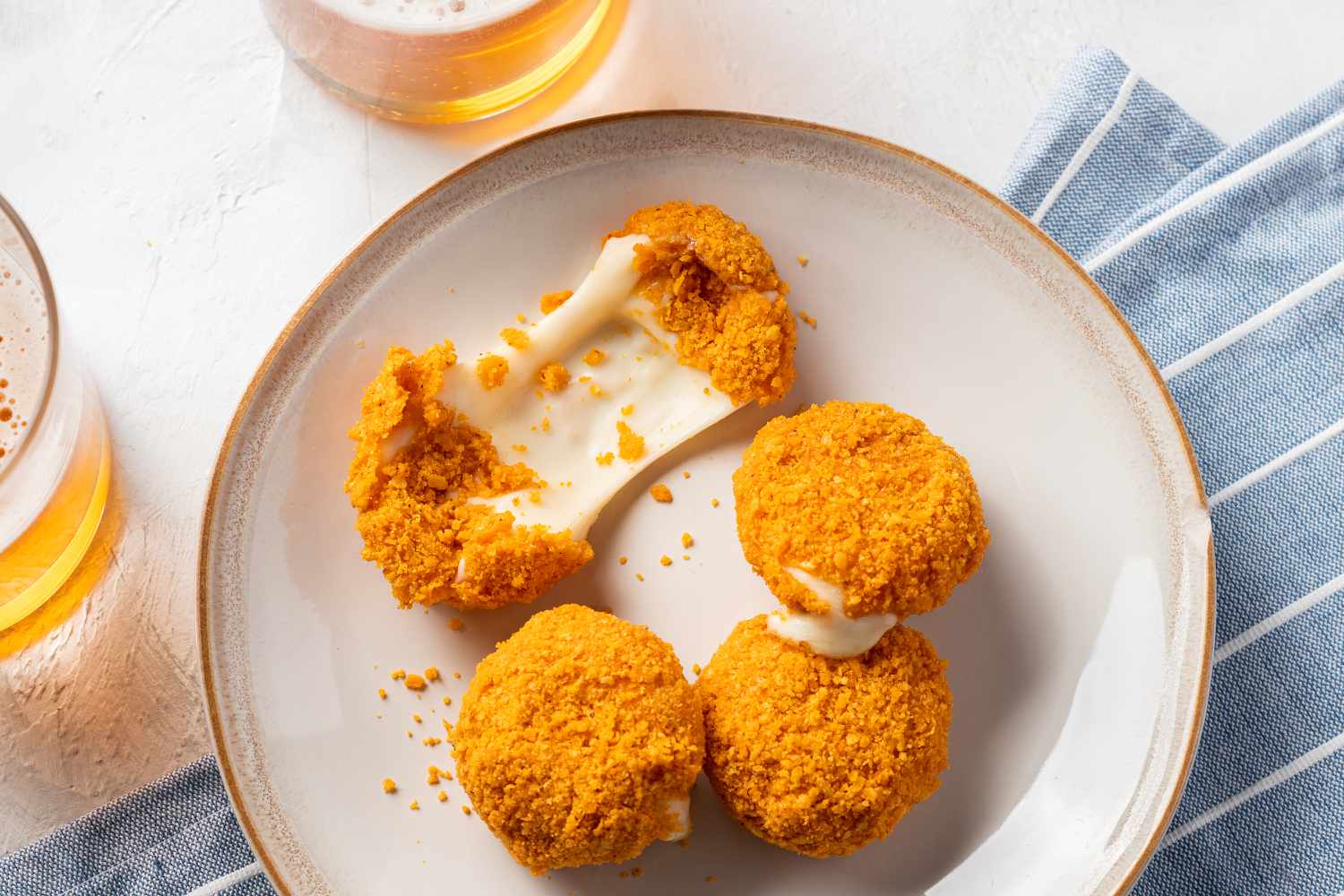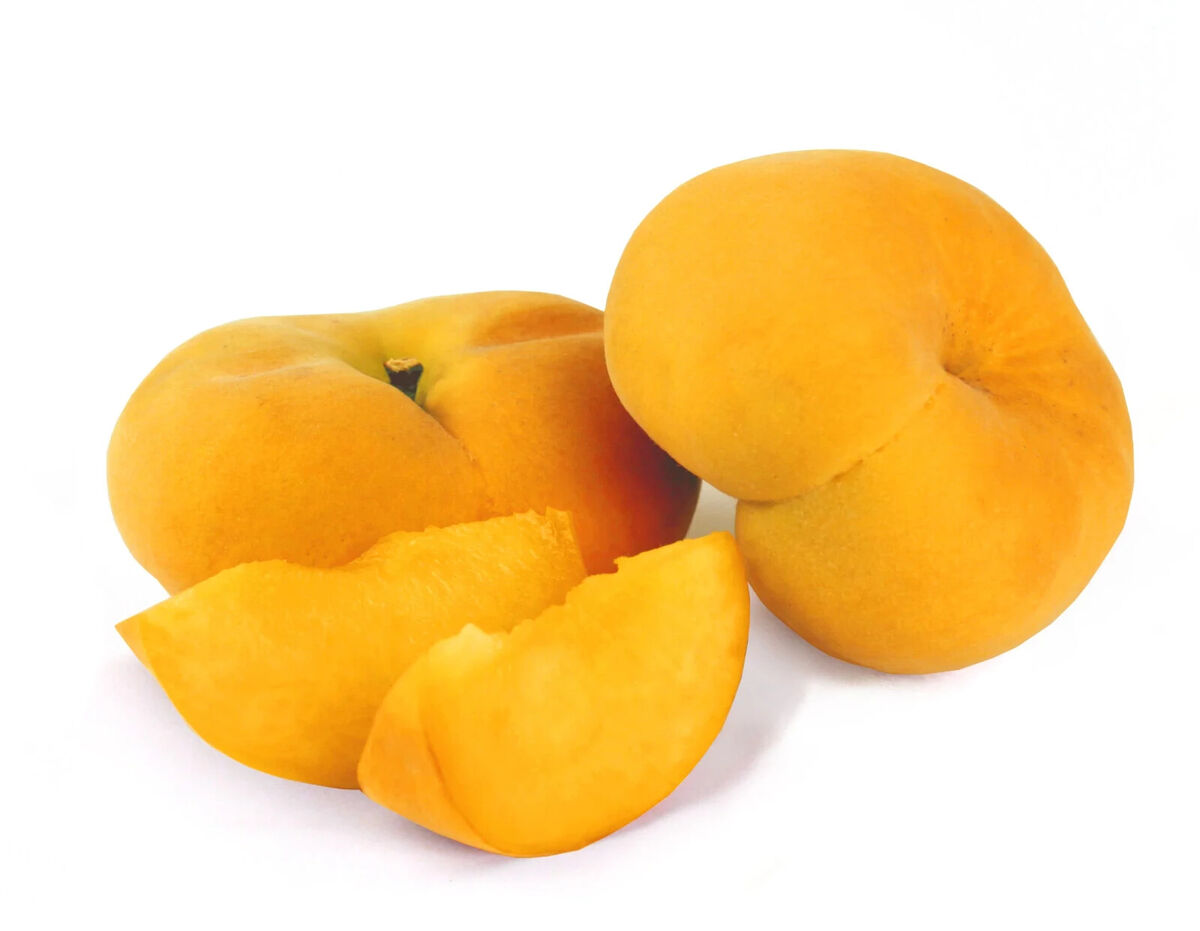Enjoying Cheese Cubes: A Guide to Indulging in this Delightful Snack
Cheese cubes are a versatile and delicious snack that can be enjoyed in a variety of ways. Whether you’re a cheese connoisseur or just looking for a tasty treat, there are several methods for savoring these delectable morsels. From pairing them with other foods to incorporating them into your favorite recipes, the possibilities are endless. Here’s a guide on how to make the most of your cheese cube experience.
Pairing Cheese Cubes with Complementary Flavors
One of the simplest and most enjoyable ways to eat cheese cubes is by pairing them with complementary flavors. The rich and creamy texture of cheese cubes makes them an ideal companion for a wide range of foods. Here are some popular pairings to consider:
- Fruit: Pairing cheese cubes with fresh fruit such as grapes, apples, or pears can create a delightful contrast of flavors. The sweetness of the fruit complements the savory nature of the cheese, resulting in a harmonious combination.
- Nuts: Adding some nuts, such as almonds or walnuts, to your cheese cube platter can provide a satisfying crunch and a nutty undertone that enhances the overall taste experience.
- Crackers: Serving cheese cubes with a selection of crackers allows for a satisfying crunch and adds a delightful contrast in texture.
Exploring Different Types of Cheese Cubes
There is a wide variety of cheese cubes available, each with its own unique flavor profile. From sharp cheddar to creamy brie, exploring different types of cheese cubes can be an exciting culinary adventure. Here are a few popular options to consider:
- Cheddar: Known for its bold and tangy flavor, cheddar cheese cubes are a classic choice that pairs well with a variety of accompaniments.
- Swiss: With its nutty and slightly sweet taste, Swiss cheese cubes can add a delightful depth of flavor to your snack platter.
- Pepper Jack: If you’re a fan of spicy foods, pepper jack cheese cubes can provide a kick of heat that adds an exciting element to your snack time.
Incorporating Cheese Cubes into Recipes
Cheese cubes aren’t just for snacking—they can also be incorporated into a wide range of recipes to add a burst of cheesy goodness. Whether you’re making a salad, a pasta dish, or a savory appetizer, cheese cubes can elevate the flavor of your culinary creations. Here are a few ideas for using cheese cubes in your cooking:
- Cheese and Charcuterie Board: Create a stunning charcuterie board featuring an assortment of cheese cubes, cured meats, and other delectable accompaniments for a show-stopping appetizer spread.
- Cheese-Stuffed Meatballs: Add a surprise burst of cheesy goodness to your homemade meatballs by stuffing them with small cheese cubes before cooking.
- Cheese and Pasta Salad: Toss cheese cubes into a pasta salad for a creamy and flavorful addition that will delight your taste buds.
Conclusion
Whether you prefer to enjoy cheese cubes on their own, paired with complementary flavors, or incorporated into your favorite recipes, there are countless ways to savor this beloved snack. By exploring different types of cheese cubes and getting creative with how you enjoy them, you can elevate your snacking experience and indulge in the irresistible allure of cheese.
So, the next time you reach for a handful of cheese cubes, consider the myriad of possibilities for enjoying them, and let your culinary imagination run wild!
More Delicious Ways to Enjoy Cheese Cubes
Now that you've mastered the art of eating cheese cubes, why not put your skills to the test with a variety of recipes designed to enhance your culinary repertoire? From appetizers to main dishes, these recipes integrate cheese cubes in delightful and innovative ways. A highly recommended starting point is the Cheesy Meatball Surprise which perfectly combines the gooey goodness of cheese cubes with savory meatballs, offering a mouthwatering experience. For those looking to impress at their next gathering, the Ultimate Cheese and Charcuterie Board and the Cheese Cube Skewers with Cherry Tomatoes and Basil are must-tries. These dishes not only taste fantastic but also make visually appealing centerpieces. Lastly, don't miss out on the Baked Macaroni and Cheese Cubes, a creative twist on a classic comfort food that's both fun to make and eat.
